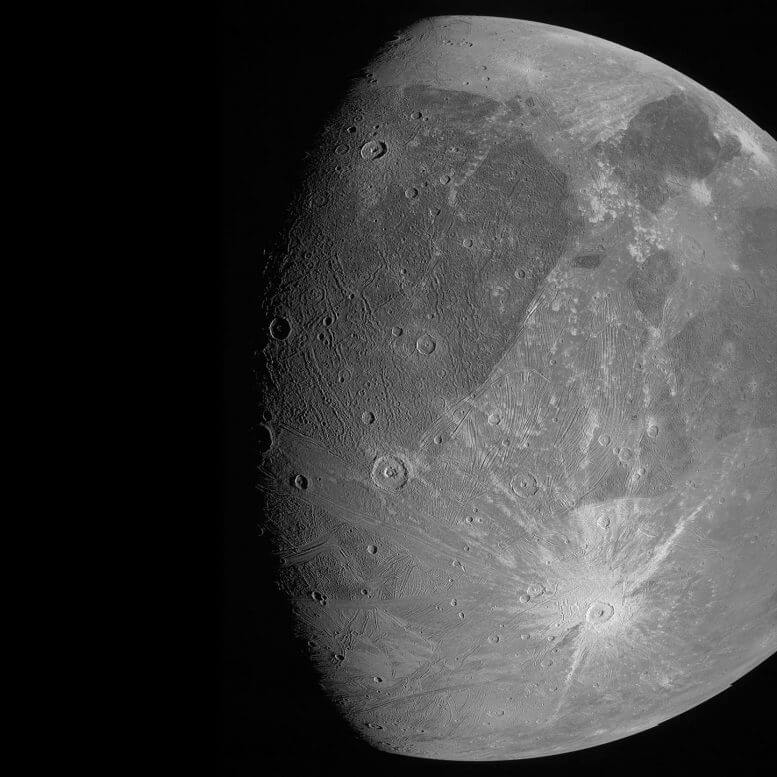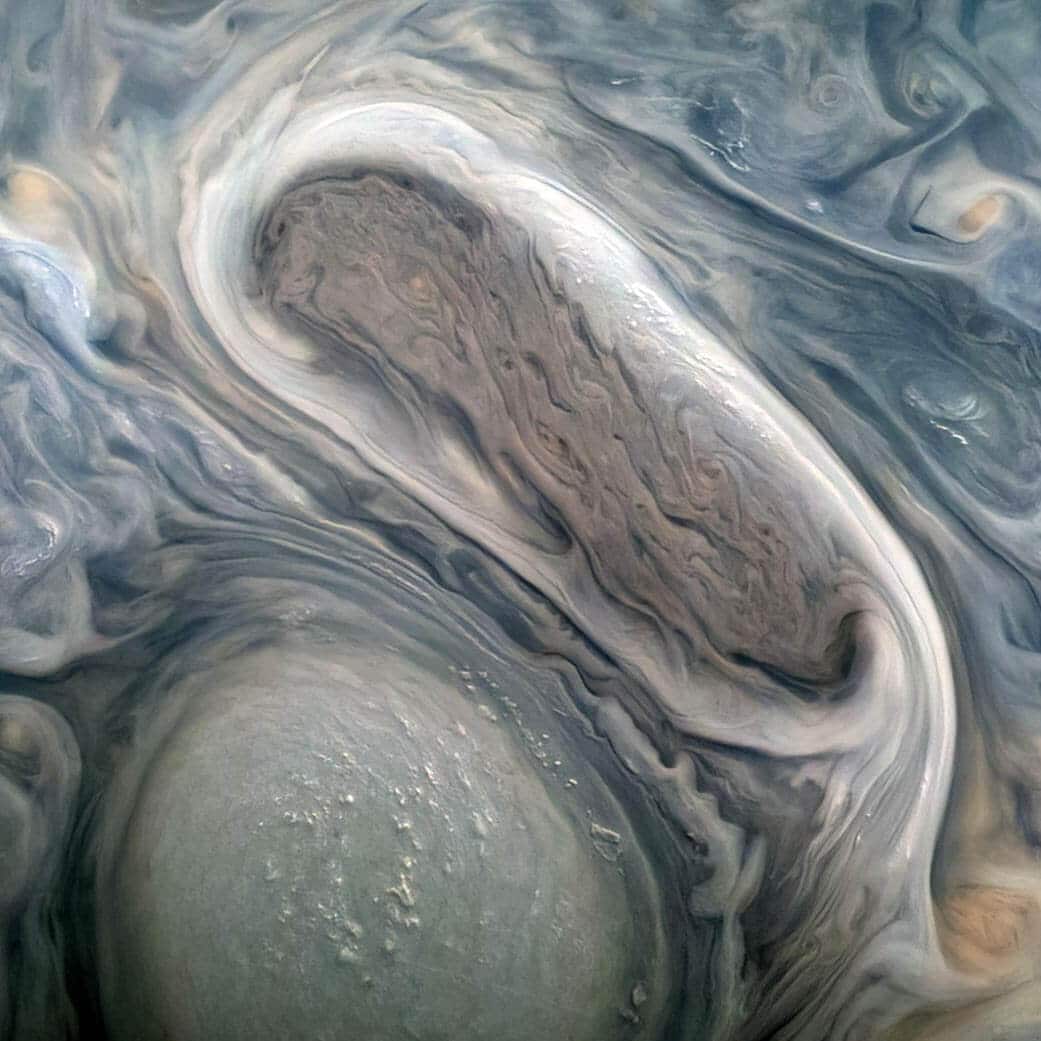A dramatic ride with an audio track collected during a flyby of Ganymede on the Jupiter mission - one of the highlights that mission scientists shared in an overview at the fall meeting of the American Geophysical Union

Wind noises near Ganymede, magnetic fields and excellent comparisons between the oceans and atmospheres of Jupiter and Earth were discussed in a review of NASA's Juno mission to Jupiter at the fall meeting of the American Geophysical Union in New Orleans.
Juno principal investigator Scott Bolton of the Southwest Research Institute in San Antonio debuted a 50-second audio track created from data collected during the mission's flyby of Jupiter's moon Ganymede on June 7, 2021. Juno's wave instrument, which targets the electric radio waves And the magnetics that form in Jupiter's magnetosphere, collected the data on these emissions. Their frequency was then transferred into the audio domain to create the audio track.
"This soundtrack is so wild you feel like you're inside Juno as she cruises past Ganymede for the first time in more than two decades," Bolton said. "If you listen carefully, you can hear the sudden change to higher frequencies around the midpoint of the recording, which represents entering a different region of Ganymede's magnetosphere."
The detailed analysis and modeling of the wave data is ongoing. "It is possible that the change in frequency shortly after closest approach is due to Ganymede moving from the night side to the day side," said William Kurth of the University of Iowa in Iowa City, co-principal investigator of the wave study.
At the time of Juno's closest approach to Ganymede - on the 34th flyby of the mission around Jupiter - the spacecraft was 1,038 km from the Moon's face and moving at a relative speed of 67,000 km/h.
Credit: NASA/JPL-Caltech/SwRI/Univ of Iowa
Jack Connery of NASA's Goddard Space Flight Center in Greenbelt, Maryland is Juno's magnetometer principal investigator and the mission's deputy principal investigator. His team produced the most detailed map ever obtained of Jupiter's magnetic field.
The map created from data collected from 32 orbits of Juno's primary mission provides new insights into the gas giant's mysterious Great Blue Spot, a magnetic anomaly at the star's equator. Juno's data indicates that a change in the gas giant's magnetic field occurred during the five years the spacecraft was in orbit, and the big blue dot is moving eastward at a speed of about 4 cm per second relative to the rest of Jupiter's interior, and it orbits the star every 350 years About.

More on the subject on the science website

One response
The caption below the top photo is incorrect (the correct photo with the same caption appears at the end of the article).